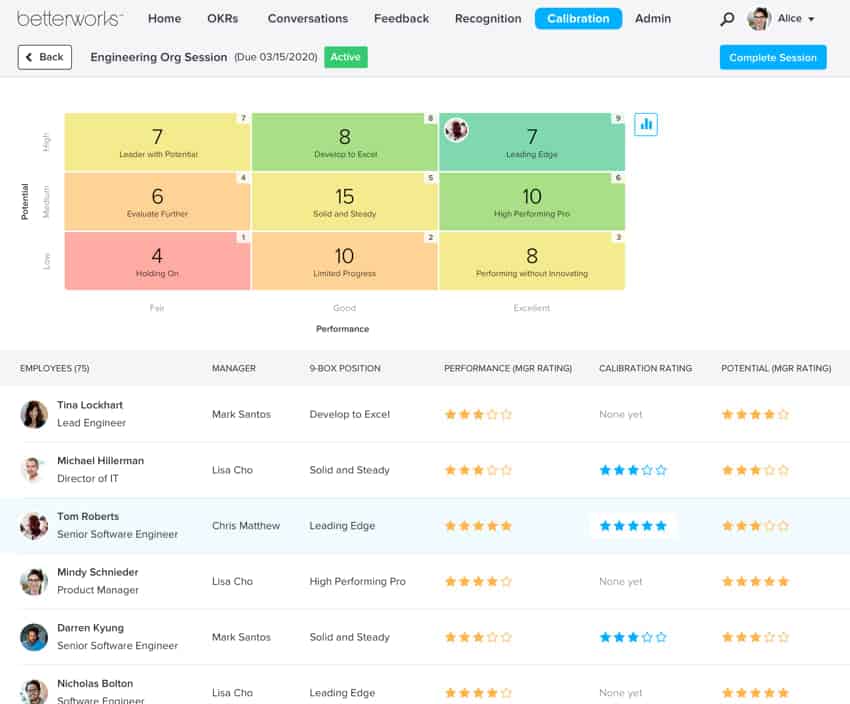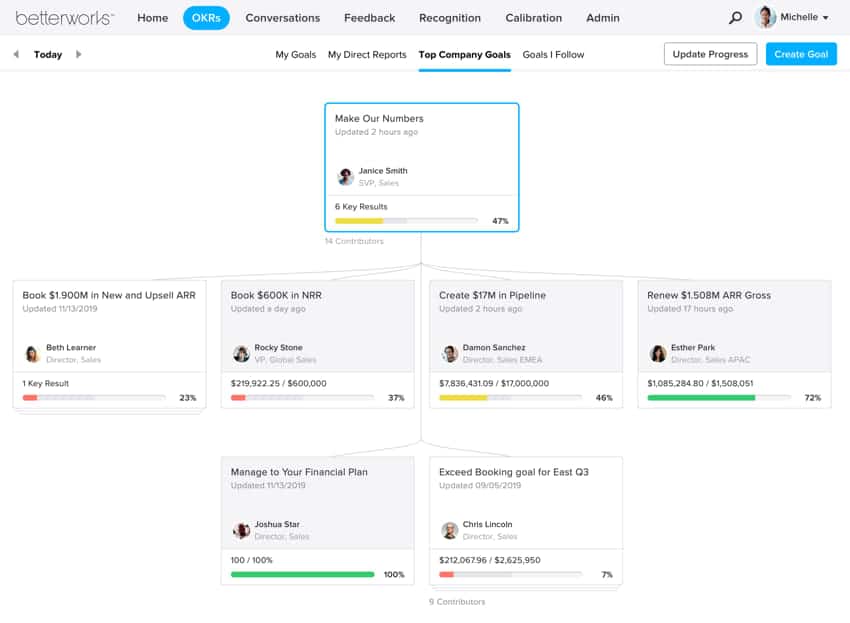Third Bridge Case Study
Third Bridge Uses Feedback to Retain
and Educate During Rapid Growth

The Situation
In an industry beset by declining fees and a rise in algorithmic investing, the financial management firm Third Bridge is still growing. In the decade following the 2008 recession, for example, Third Bridge grew to 900 employees. The organization’s advantage is its humanity, and it wears this badge proudly. The “About Us” section of its website begins with, “We attribute our continued growth to the quality of our people and the skills and knowledge they possess.”

Company
Third Bridge is a financial management firm that uses research and narrative to empower investors and business leaders to make educated financial decisions. Third Bridge is headquartered in London with offices in China, NYC, and LA.
Industry
Finance
Employees
1,500 across the globe
Headquarters
London, UK
The Challenge
The Action
Ensuring that we keep our global team engaged while listening to them in real-time was always a challenge. Engage has helped us change this from a challenge to a strength.

Phillip Vincent
Head of HR, Third Bridge
The Outcome
The Impact
Betterworks Success Stories
Ready to Unlock
Your Team's True Potential?

